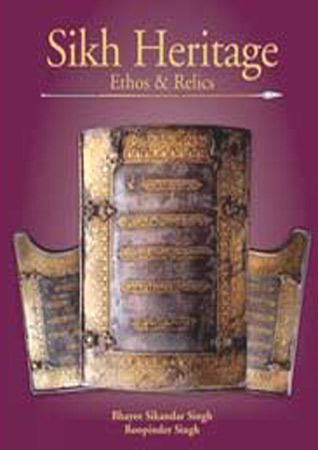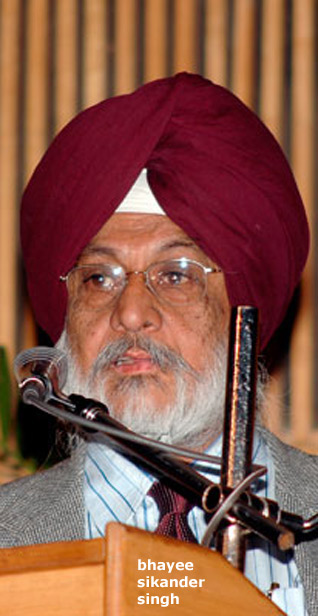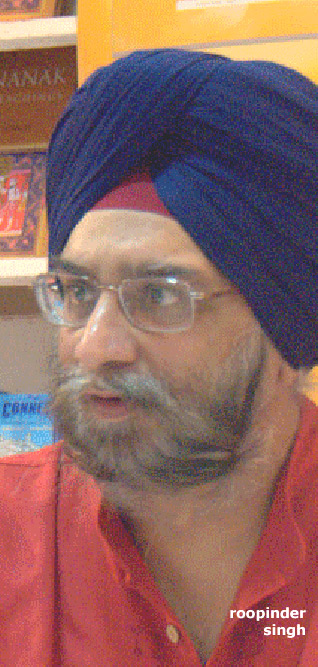Syed Badr-ud-din, popularly known as Pir Budhu Shah, was a Muslim saint from Sadhaura village in Ambala district of Punjab.
An admirer of theTenth Master, Guru Gobind Singh, he joined him with his sons and 700 disciples to fend off an attack the Hindu hill chiefs had mounted on the Guru and the Sikhs.
The Muslim saint's mausoleum at Sadhaura has since become a popular spiritual destination.
A devout Sikh, Bidhi Chand had been once a bandit. His life changed when he came in contact with a follower of the Fifth Master, Guru Arjan. He became one of the closest aides of the Guru.
Anecdotes such as these explore the liberal spirituality of Sikhism in the book, "Sikh Heritage: Ethos & Relics", an illustrated anthology of the lesser-known history of the Sikh faith, founded by Guru Nanak in the 15th century.
It digs into family archives of the traditional custodians of Sikh faith in the former princely estates to bring out rare souvenirs and heirlooms tracking the journey of the religion for nearly 500 years.
Authored by Bhayee Sikander Singh and Roopinder Singh, the volume has been supported by the Smithsonian Institution's Sikh Heritage Project.
The writers show that the spirit of philanthropy and participation make Sikhism different from other faiths.
The 'langar' or free community eateries captures this spirit of bonding with peoples of all faiths and backgrounds at Sikh places of worship.
Narrating a slice from history, co-author Roopinder Singh said: "It was during [the Second Master] Guru Angad's time that the langar began to feed the pilgrims. By the time of the Fourth Master, Guru Ram Das, it became an institution."
In 1577, Guru Ram Das obtained a grant of a site along with 500 bighas of land from Emperor Akbar on payment - on which Amritsar now stands.
"Most artifacts documented by us have been preserved by old families in the hinterland who trace their lineage to the families of the Gurus. They were given to the custodians as personal gifts and handed down the generations as heirlooms," Roopinder Singh said.
A number of Sikh relics "that have been with the government have not been taken care of as well as the ones with the families," co-writer Bhayee Sikandar Singh said.
The book is divided into two sections - "Ethos" and "Heritage".
"Ethos" looks at the land and its people, the Gurus and the evolution of the Sikh Kingdoms.





